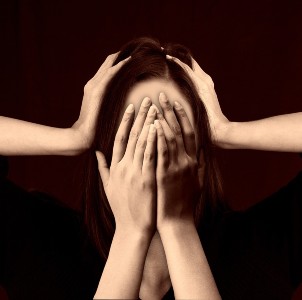 Smart Citations
Smart CitationsSee how this article has been cited at scite.ai
scite shows how a scientific paper has been cited by providing the context of the citation, a classification describing whether it supports, mentions, or contrasts the cited claim, and a label indicating in which section the citation was made.
Shared psychotic disorder: a case report in Switzerland
Folie à deux is a rare psychiatric syndrome in which one individual transmits a psychotic symptom to another. In this report, we present a case of folie à deux. The case suggests a possible correlation with neglect, which may have played a role in the development of the symptoms. A 21-year-old Swiss boy and his mother were found to share the same delusional beliefs, forming a case of folie à deux (shared psychotic disorder). The boy had suffered neglect from his parents and was being cared for by his mother, who had no history of mental disorder. The close relationship between the boy and his mother, the family history of first-degree psychosis, and the boy’s experience of neglect may have increased his vulnerability to early-onset psychosis and folie à deux.
How to Cite

This work is licensed under a Creative Commons Attribution-NonCommercial 4.0 International License.
PAGEPress has chosen to apply the Creative Commons Attribution NonCommercial 4.0 International License (CC BY-NC 4.0) to all manuscripts to be published.

 https://doi.org/10.4081/ecj.2023.11599
https://doi.org/10.4081/ecj.2023.11599





